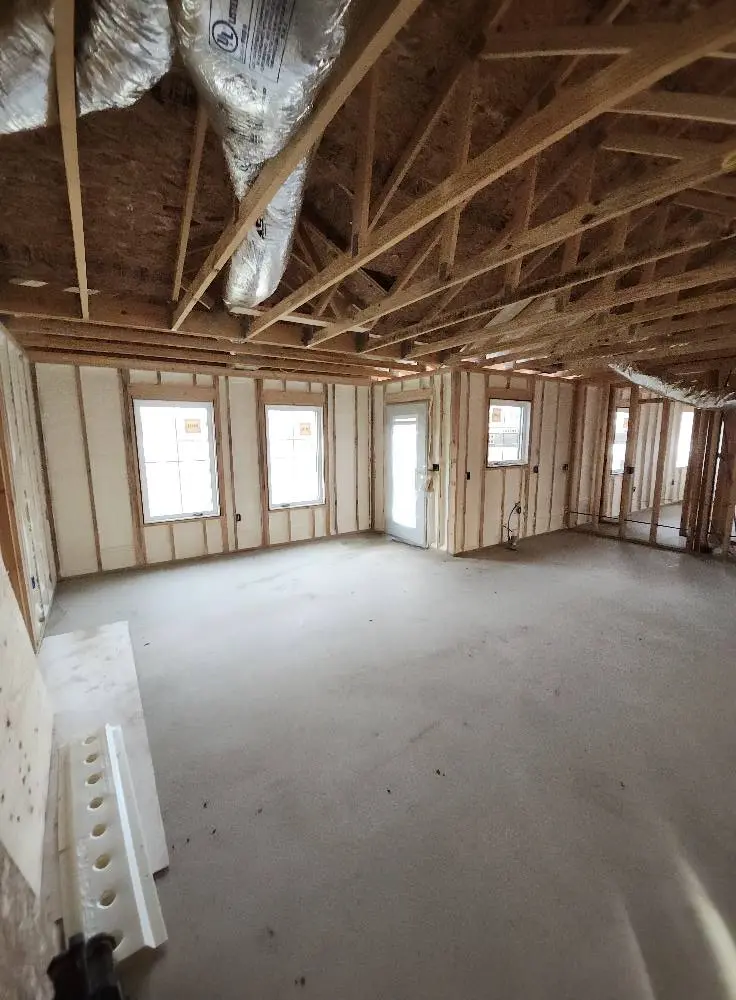As homeowners in the Midwest prepare for the warm season, understanding the right insulation choices is crucial. Insulation Hub emphasizes thermal insulation due to its unique benefits that cater specifically to our climate. Let’s explore why thermal insulation stands out and how it can impact your home’s comfort and energy efficiency.
Understanding Thermal Insulation Basics
Thermal insulation plays a vital role in maintaining a steady indoor temperature by minimizing heat transfer. This means your home remains warm in winter and cool in summer, which is especially important in the Midwest’s fluctuating climate.
By effectively managing heat flow, thermal insulation helps create a comfortable living space that reduces reliance on heating and cooling systems. This is particularly beneficial in regions with cold winters and hot summers, as it promotes energy efficiency while keeping your home cozy.
It’s fascinating to note that thermal insulation works by incorporating various materials designed to resist heat flow. Fiberglass, foam, and cellulose are common choices, each offering distinct advantages. Understanding these materials can empower homeowners to make informed decisions that align with their specific needs.
The Limitations of Reflective Insulation
While reflective insulation has its benefits in warmer climates, its effectiveness diminishes in regions like the Midwest. Here, the primary concern is heat retention, making thermal insulation the more effective choice.
In fact, reflective insulation primarily reflects radiant heat, making it suitable for hot, sunny environments. However, when the cold winds blow during a Midwest winter, this type of insulation fails to retain the valuable warmth generated by your heating system.
Choosing thermal insulation over reflective products can ensure that homeowners get reliable performance throughout the year. This fundamental difference in how each type of insulation functions highlights why thermal insulation remains the priority for homeowners in this region.
Energy Savings with Thermal Insulation
Investing in thermal insulation can lead to significant energy savings on heating bills. By preventing heat loss, homeowners will notice a decrease in energy consumption, which translates to lower monthly expenses.
Imagine waking up on a frigid winter morning, and feeling the warmth radiate through your home without the hum of your heating system working overtime. That’s the magic of effective thermal insulation—it stabilizes the indoor climate while cutting down energy costs!
In fact, studies indicate that homes with proper thermal insulation can save up to 20% on their heating and cooling bills. That means not only a more comfortable living space but also funds saved for other household priorities. Who wouldn’t want that?
Comfort Comes First: How Insulation Affects Your Home
Comfort in your home is paramount, and proper insulation plays a key role. Thermal insulation ensures that your living space maintains a pleasant temperature, avoiding cold drafts and discomfort during harsh weather.
When insulated properly, rooms can feel warm and inviting without relying heavily on heating. This natural comfort can contribute to overall well-being, as a stable environment has been linked to enhanced productivity and mood.
Moreover, thermal insulation actively reduces noise, providing a peaceful refuge from the outside world. A well-insulated home not only feels comfortable but can also be a sanctuary—a critical factor to consider for homeowners.
Choosing the Right Installation: What to Look For
Selecting the appropriate thermal insulation material and installation method is essential for achieving optimal results. Homeowners should consider R-values, material types, and professional installation to ensure the best performance.
R-values indicate how well an insulation material resists heat transfer; the higher the R-value, the better the insulation’s effectiveness. This number will guide homeowners in choosing suitable products for their specific geographical area.
Additionally, working with professionals can make a significant difference in installation quality. Misaligned materials can undermine all the benefits of thermal insulation, making expert assistance invaluable for achieving your home’s energy efficiency goals.

